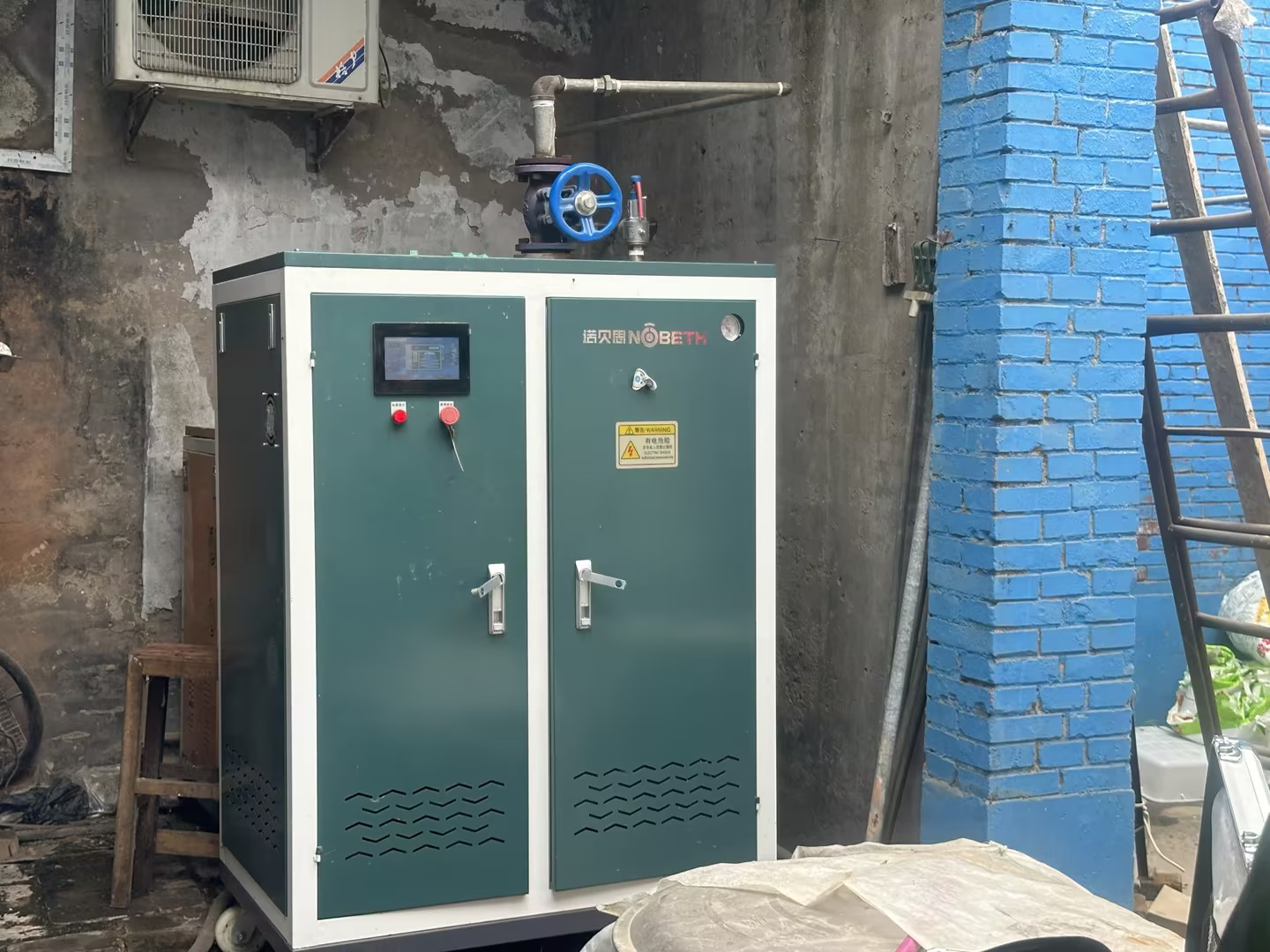Batteries are one of the commonly used items in our daily life. Nowadays, with the development and promotion of new energy, batteries are used in all walks of life.
One of the raw materials for the production of batteries is the electrolyte. Electrolyte is a term with a wide range of meanings. It is used in different industries to represent different contents. There are electrolytes (also called electrolytes) in living organisms, electrolytes used in the battery industry, and electrolytes in electrolytic capacitors, supercapacitors and other industries. So, how is the electrolyte produced and stored?
Manufacturers who produce electrolyte need to put relevant materials into special pipes during production, and dissolve them by heating the pipes. The electrolyte insulation can be understood from the literal meaning to ensure that the constant temperature of the electrolyte is within a temperature range, so as to ensure the quality of the electrolyte.
The steam generator can play a huge role in material dissolution and electrolyte insulation. When the material is dissolved, the steam generator is used to heat the pipeline for dissolution, which can effectively control the temperature and ensure the dissolved state of the material. At the same time, the electrolyte is a chemical product, and the use of steam for dissolution can reduce environmental pollution. The requirements for electrolyte heat preservation on the steam generator are that the steam pressure must be stable, the steam purity must be high, and the steam temperature must not fluctuate too much. This is the most important thing we need to consider, so we must choose a steam generator with stable pressure and adjustable steam temperature when choosing an electrolyte heat preservation steam generator.
Post time: Jul-28-2023





